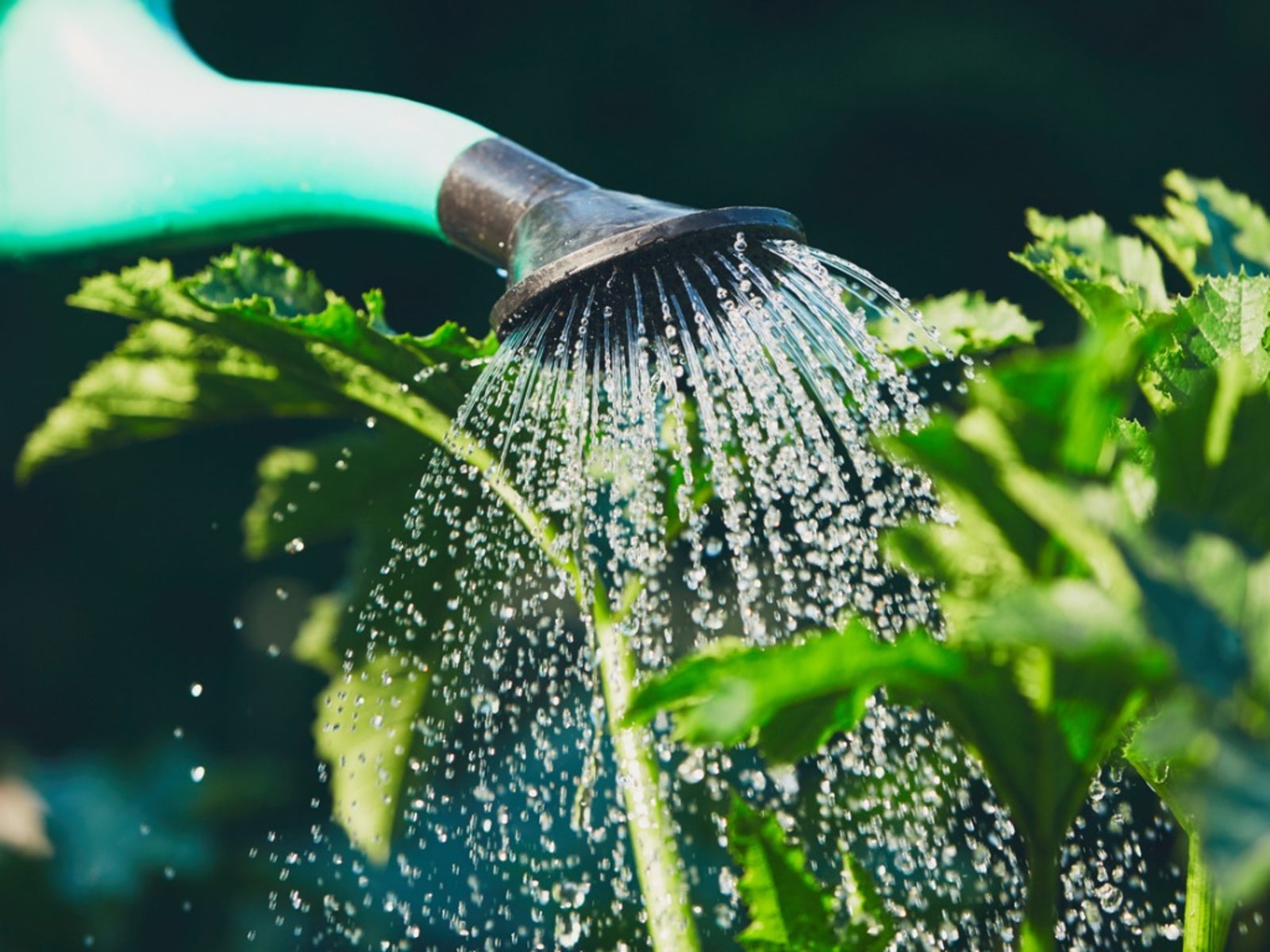Softened Water And Plants: Using Softened Water For Watering


There are some areas that have hard water, which has a high amount of minerals in it. In these areas, it is common to soften water. Softened water tastes better and is easier to deal with in the house, but what about with your plants in your garden. Is it okay to water plants with softened water?
What is Softened Water?
Softened water is water that has been treated, normally with sodium or potassium, to help remove minerals from hard water.
Can You Use Softened Water on Plants?
Most of the time it is not a good idea to water your garden with softened water. The reason for this is that softened water typically has a high amount of sodium, which is attained from salt. Most plants cannot tolerate high amounts of salt. The sodium in softened water actually interferes with the water balance in the plants and can kill plants by “fooling” them into thinking they have taken up more water than they have. Softened water essentially causes the plants in your garden to die of thirst. Not only does the salt in softened water hurt the plants you water with it, the salt in the water will build up in your soil and will make it difficult for future plants to grow.
Soft Water Homes and Watering
This is not to say that if you have softened water you cannot water your garden and lawn. You have a few options if you have softened water. First, you can have a bypass spigot installed. This means that you can have a special spigot installed on the exterior of your house that takes water from the water line before the water is treated in the water softener. Second, you can try mixing your softened water with collected rainwater or distilled water. This dilutes the effects of the salt in your softened water and makes it less harmful to your plants. But be aware that the salt in softened water will still build up in the soil. It will be very important that you regularly test the soil for salt levels.
How to Treat Soil Affected by Softened Water
If you have soil that has been watered too much with softened water, you will need to work to correct the salt levels in the soil. There are no chemical ways to reduce the amount of salt in your soil, but you can do this manually by frequently watering the affected soil. This is called leaching. Leaching will draw the salt out of the soil and will either push it deeper in the soil or will wash it away. While leaching will help to draw the salt out of the affected soil, it will also draw out nutrients and minerals that plants need to grow. This means that you need to make sure to add these nutrients and minerals back into the soil.
Gardening tips, videos, info and more delivered right to your inbox!
Sign up for the Gardening Know How newsletter today and receive a free copy of our e-book "How to Grow Delicious Tomatoes".

Heather Rhoades founded Gardening Know How in 2007. She holds degrees from Cleveland State University and Northern Kentucky University. She is an avid gardener with a passion for community, and is a recipient of the Master Gardeners of Ohio Lifetime Achievement Award.
-
 4 Superfast Composting Methods: Turn Waste Into Garden Gold In 30 Days Or Less
4 Superfast Composting Methods: Turn Waste Into Garden Gold In 30 Days Or LessTry the fastest composting methods to turbocharge your pile and transform kitchen scraps and garden waste into finished compost in just a few weeks.
By Mary Ellen Ellis
-
 Best Spider Plant Soil – Complete Soil Guide And Expert Tips For Keeping Plants Happy
Best Spider Plant Soil – Complete Soil Guide And Expert Tips For Keeping Plants HappySpider plants are fun and easy plants to grow, but what is the best soil for a spider plant? Selecting the right soil is important so they can thrive.
By Bonnie L. Grant